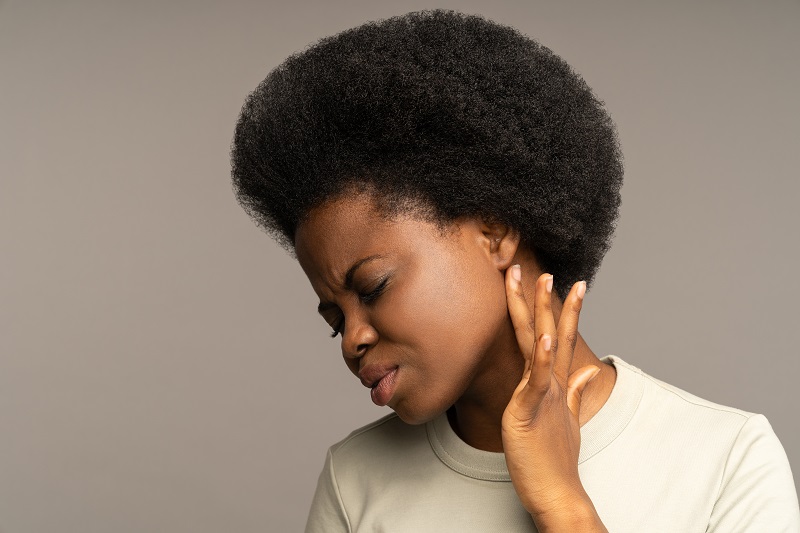
Ear pain can disrupt daily life, ranging from a mild annoyance to severe discomfort. Its causes vary, from benign to potentially severe. This guide explores common causes of ear pain, clarifies misconceptions, and offers guidance on when to consult a doctor.
Ear Pain Causes: The Common Misconceptions About Ear Pain
Many assume ear pain always signals an ear infection, but that’s not true. Ear pain can stem from various sources, such as pressure changes during air travel or elevation shifts, fluid buildup from colds or allergies, or even temporomandibular joint (TMJ) issues, which is actually the leading cause of ear pain in many patients.
Can Ear Pain Resolve Without Treatment?
Ear pain often subsides within a day or two, depending on its cause. For instance, pain from a cold-related fluid buildup typically clears as the illness fades. However, if the underlying issue—like an ear infection or chronic TMJ problems—persists, so will the pain. Untreated conditions may require medical intervention.
When You Should See a Doctor
Identifying the proper time to seek medical help for ear pain can be complex, particularly when the underlying cause is not immediately evident. As a general guideline:
If ear pain lasts more than one to two days, consult a general practitioner or an ear, nose, and throat (ENT) specialist.
If pain persists for up to a week, seeing a doctor is critical. While most ear pain has simple causes, such as infections, rare but serious conditions like throat cancer can also be culprits. When in doubt, a medical evaluation can rule out serious issues and provide you with peace of mind.
Common Causes
Understanding the primary causes of ear pain can help you determine when to seek medical assistance. Here are the most common causes of ear pain:
Illness or Allergies
Fluid accumulation behind the eardrum, resulting from colds, allergies, or other illnesses, can lead to ear discomfort. While this condition may not necessarily indicate an infection, it can still be quite distressing. Additionally, soreness in the throat may cause referred pain to the ear, which is likely to resolve as the throat heals. Should the pain persist beyond the resolution of the initial illness, you should schedule a medical consultation.
Pressure Changes
Sudden fluctuations in atmospheric pressure, such as those encountered during air travel, mountain driving, or scuba diving, can result in a painful pressure imbalance within the ears. Typically, this discomfort resolves rapidly. However, if the pain persists for more than one to two days, it may indicate eustachian tube dysfunction, which necessitates a consultation with a healthcare professional.
Temporomandibular Joint (TMJ) Issues
Temporomandibular joint (TMJ) disorders are a common source of ear pain due to the joint’s proximity to the ear canal. Inflammation of the TMJ, which connects the jawbone to the skull, can cause discomfort that radiates to the ear. While you can find temporary relief through ibuprofen or heat therapy, long-term management is often required. Botox has emerged as a potential treatment that may reduce TMJ symptoms for several months. Consulting a medical professional is recommended to explore this option.
If there is uncertainty regarding the presence of ear pain, we advise you to exercise caution. While ear infections are more predominant among children, adults may also be affected. Persistent pain lasting more than one to two days warrants a talk with a healthcare professional for a precise diagnosis and treatment strategy.